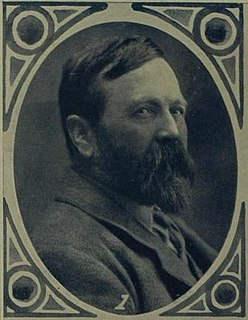Related Research Articles

Fred Bramley was the second General Secretary of the British Trade Union Congress (TUC).

The Sheffield Trades and Labour Council, usually known as the Sheffield Trades Council, is a labour organisation uniting trade unionists in Sheffield.
William Henry Drew was a British textile worker, early trade unionist and one of the founders of the Independent Labour Party.

Sir William Pollard Byles was a British newspaper owner and radical Liberal politician.

Edward Robertshaw Hartley was a British socialist politician.
A by-election was held for the British House of Commons constituency of Sheffield Attercliffe on 5 July 1894. It was the first parliamentary election contested by the Independent Labour Party.
Samuel Shaftoe was a British trade unionist.
The Edinburgh Trade Union Council brings together trade union branches in Edinburgh in Scotland.
Hugh Lyon was a Scottish trade union leader.

The Amalgamated Society of Dyers, Finishers and Kindred Trades was a trade union representing dyers and workers in related jobs in the United Kingdom.
Wilfred Lanceley Heywood was a British trade unionist.
William Shaw was a Scottish trade unionist and politician.

William Bland was a British politician and trade unionist.
Owen Connellan was a British politician and trade unionist.
The Bradford Labour Union was a political party based in Bradford in England, which was an important forerunner of the Independent Labour Party.
The Colne Valley Labour Union (CVLU) was a political party based in the Colne Valley, in Yorkshire, in England. The first labour party organised on the basis of a Parliamentary constituency, it successfully backed Tom Mann as secretary of the Independent Labour Party, and Victor Grayson as the local Member of Parliament. Its successor is the Colne Valley Constituency Labour Party.
James Tattersall was a British political activist.
Leeds Trades Council is an organisation bringing together trade unionists in Leeds, in northern England.
The Hull and District Trades Union Council brings together trade unions based in and around Kingston-upon-Hull, in England.
Henry William Sampson, often known as "Sammy", was an English-born South African trade unionist and politician.
References
- 1 2 3 4 5 6 Ashraf, Mary (1972). Bradford Trades Council: 1872-1972. Bradford: Bradford Trades Council.
- ↑ Newspapers in Special Collections, University of Bradford